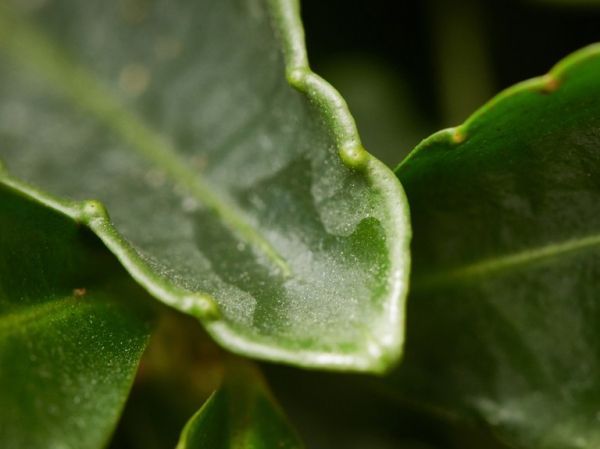An active substance that has been known for 30 years could unexpectedly turn into a ray of hope against eye tumors. This is shown by a study conducted by researchers from the Universities of Bonn and Magdeburg together with US colleagues. The results are published in the renowned journal “Science Signaling”. The plant leaves of which contain the tested substance is anything but rare: At Christmas time you can find it in every well-assorted garden center.
The coralberry decorates many German living rooms during the winter months. At this time it forms bright red fruits, which make it a popular ornamental plant. The plant, originally from Korea, is surprisingly resistant to insect attack: Its leaves contain bacteria that produce a natural insecticide - a toxin with the cryptic name FR900359, abbreviated FR.
This toxin could soon become a star in a completely different field: as a potential drug against uveal melanoma, the most common and aggressive variant of eye cancer. FR has been the focus of pharmaceutical research for some time now: “The substance inhibits an important group of molecules in the cells, the Gq proteins,” explains Prof. Dr. Evi Kostenis from the Institute of Pharmaceutical Biology at the University of Bonn.
Read more at University of Bonn
Photo: The leaves of the coralberry (Ardisia crenata) contain the natural substance FR900359, which may be suitable as a drug against eye cancer. CREDIT: Volker Lannert / University of Bonn


